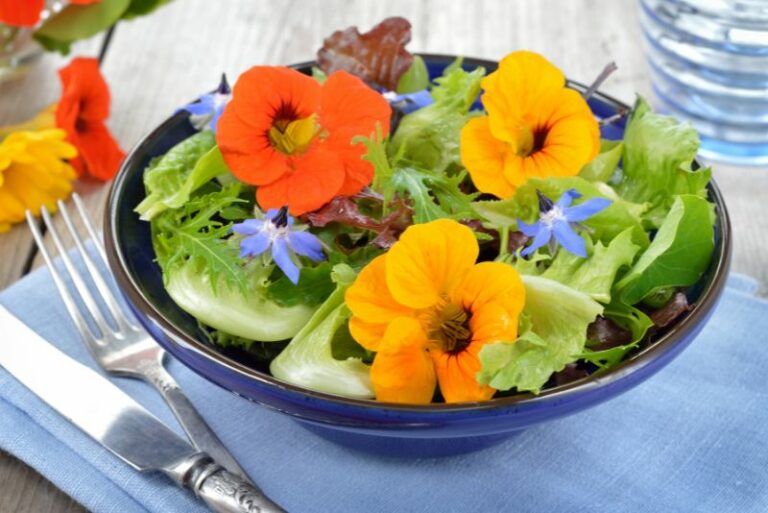Guide to Growing Leucanthemum: A Gardener’s Delight
Leucanthemum, commonly known as the Shasta Daisy, is the quintessential flower that embodies the charm and simplicity of a garden. Its white, daisy-like appearance with a sunny yellow center is a favorite amongst casual and veteran gardeners alike. This perennial plant, with its endurance and resilient nature, continues to flourish and brings joy to those who tend to it. Whether you’re starting your gardening adventure or looking to expand your flowerbeds, leucanthemum can be a wonderful choice. Join us in this comprehensive guide to cultivating leucanthemum, and watch as your garden comes alive with the enduring beauty of this delightful flower.
Choosing the Right Spot for Your Leucanthemum

Sunlight Requirements
Leucanthemum thrives in full sunlight, and its growth and flowering are optimized under these conditions. For the brightest and most abundant blooms, ensure your chosen spot receives at least six hours of direct sunlight per day. In areas with very hot summers, some light afternoon shade can protect the plant from the scorching heat, adding longevity to the blooms.
Soil Preferences
The key to healthy leucanthemum lies in the soil. It prefers a well-drained, moderately fertile soil that is slightly acidic to neutral (pH 6.5–7.5). Before you plant, amend the soil with organic matter like compost to improve drainage, especially if you have heavy clay soil. Avoid waterlogged or compacted soil, as this can lead to root rot and other complications.
Planting and Care Tips for a Flourishing Shasta Daisy
Best Planting Season
The ideal time to plant leucanthemum is in early spring after the last frost has passed. This gives the plant a head start to establish its root system before the hot summer arrives. If you’re planting container-grown leucanthemum, be sure to rough up the root ball before planting to encourage the roots to spread out into the soil.
Watering and Fertilization Schedule
During the first growing season, keep the soil consistently moist, but not waterlogged, to help the plant establish its roots. Once the plant is established, it becomes drought-tolerant and requires less water. Fertilize annually in the early spring with a balanced, slow-release fertilizer to encourage abundant flowering.
Pruning Techniques
Regular deadheading—removing spent blooms—encourages the plant to produce more flowers, extending the blooming season. After the first killing frost in the fall, cut back the stems to about 2 inches from the ground. This not only tidies the garden but also rejuvenates the plant for the following year.
Dealing with Common Issues in Leucanthemum Care
Pests and Diseases
Leucanthemum is relatively resistant to pests and diseases, but common issues can arise, especially in humid conditions. Keep an eye out for aphids, slugs, and powdery mildew. For aphids, you can spray the leaves with a strong jet of water to dislodge them, or use an insecticidal soap. To deter slugs, provide a dry mulch around the base of the plant. For powdery mildew, it’s best to remove and destroy infected leaves and ensure proper air circulation around the plant.
Troubleshooting Yellowing Leaves
Yellowing leaves can be a sign of overwatering, underwatering, or nutrient deficiencies. Check the moisture level of the soil – it should be damp but not wet. Adjust your watering schedule or the amount of water accordingly. If the soil is consistently wet, this could also be a sign of poor drainage. Apply a balanced fertilizer to the soil under and around the plant to rectify nutrient deficiencies and ensure proper plant growth.
Enhancing Growth and Blooms Through Mulching and Companion Planting
Mulching Benefits
Mulching not only helps to retain soil moisture but also suppresses weeds that compete for nutrients and water. Use an organic mulch like wood chips or straw and apply a layer around the plant, leaving a few inches of space around the base. Mulching also helps to regulate soil temperature, which is especially beneficial in regions with fluctuating weather patterns.
Companion Planting Ideas
Placing leucanthemum alongside other plant varieties can create a garden synergy that enhances the growth of all plants involved. Lavender and salvia not only complement the Shasta Daisy aesthetically but also serve as natural repellents for some of the pests that affect them. The purple hues of lavender or salvia can bring a wonderful contrast to the white blooms of leucanthemum, creating an eye-catching garden landscape.
Conclusion
Leucanthemum is a gardener’s treasure that, with the right care, can provide years of pleasure and beauty. By providing ample sunlight, well-drained soil, and the right watering and fertilization, you’ll witness a daisy that grows not just in stature, but also in the number of its blooms each season. Remember, gardening is a personal experience, and as you get to know your leucanthemum, you’ll develop a care routine that suits both you and the plant. With a little attention to detail, and perhaps a sprinkle of personal gardening flair, your leucanthemum patch will be the envy of the neighborhood. Happy planting!






